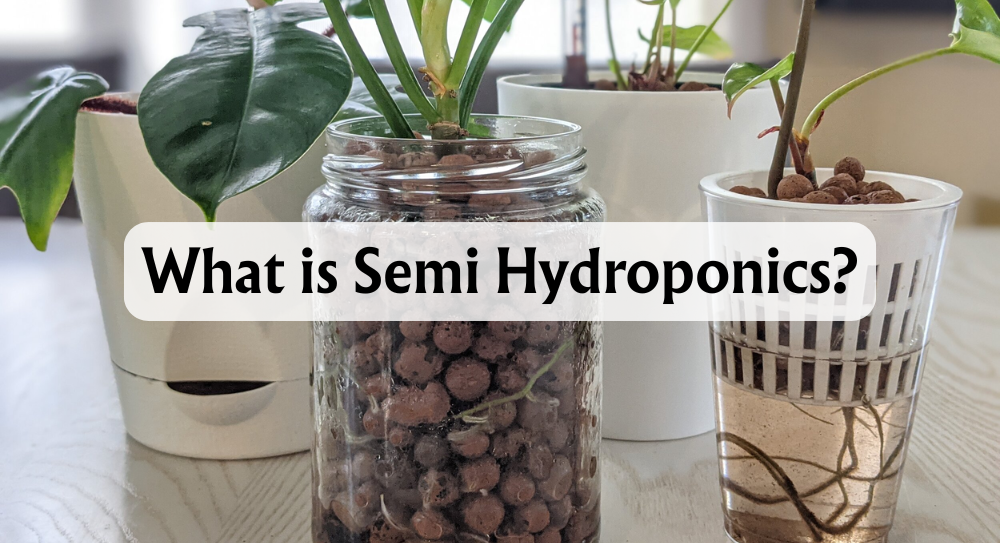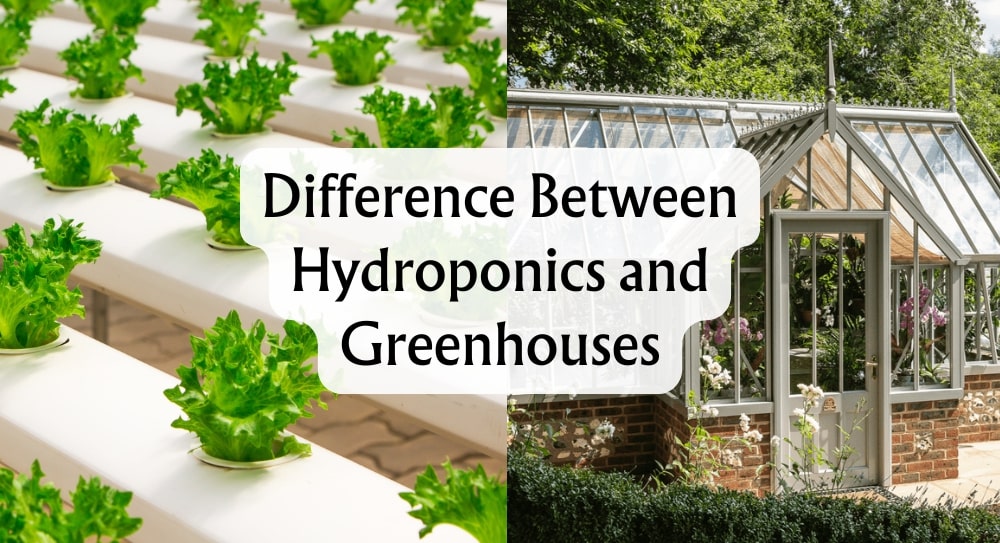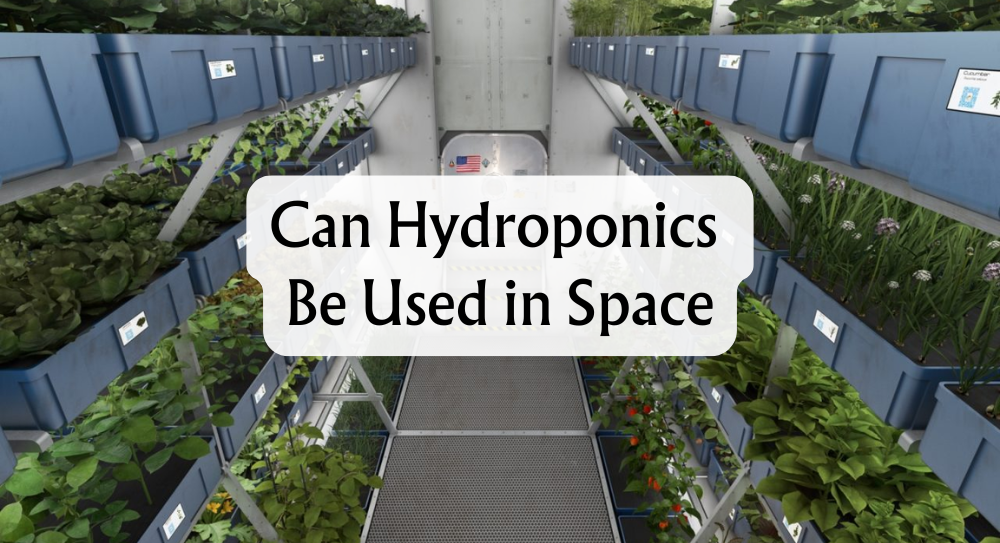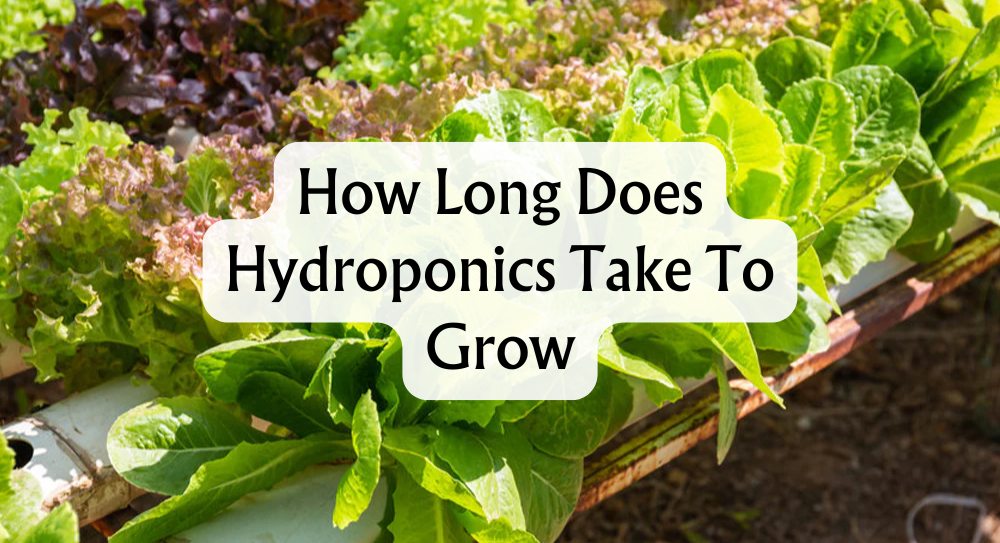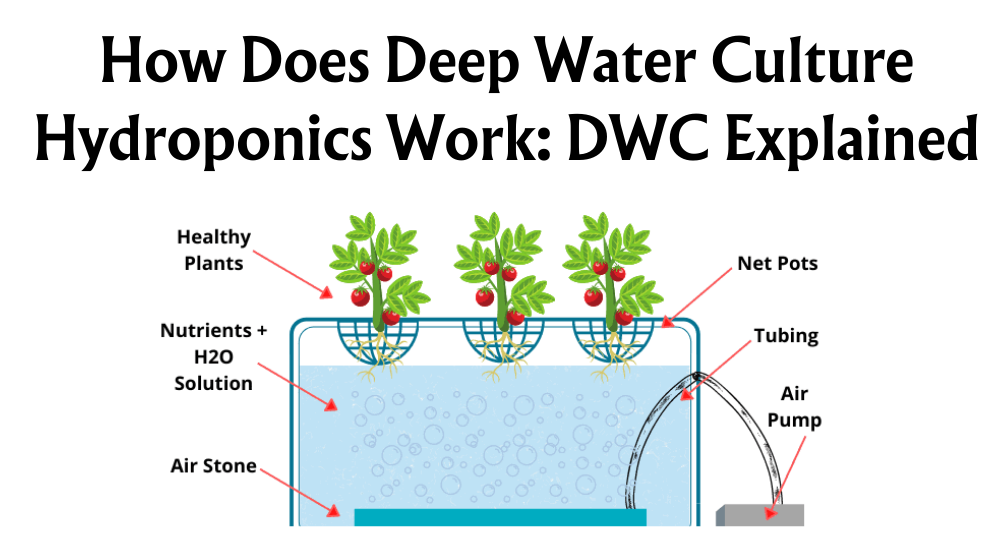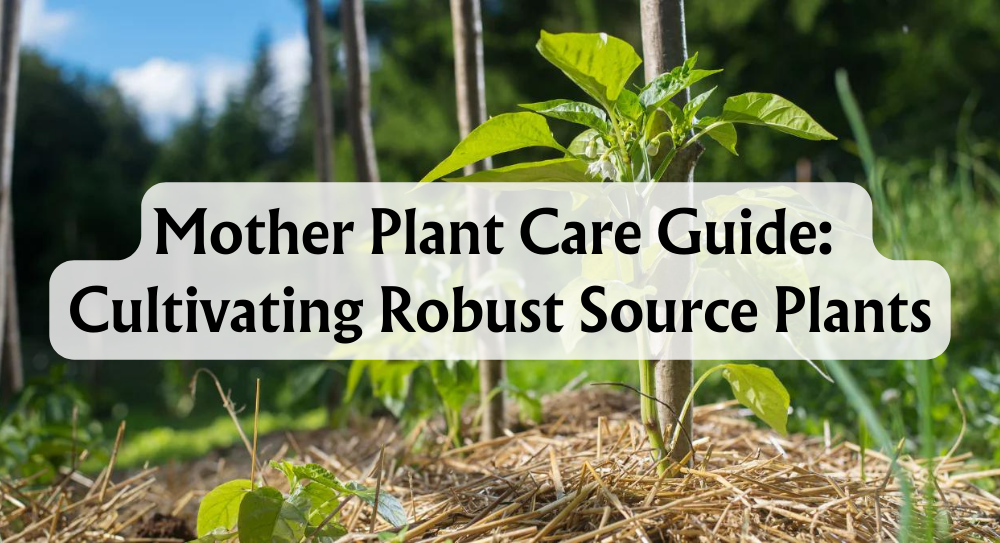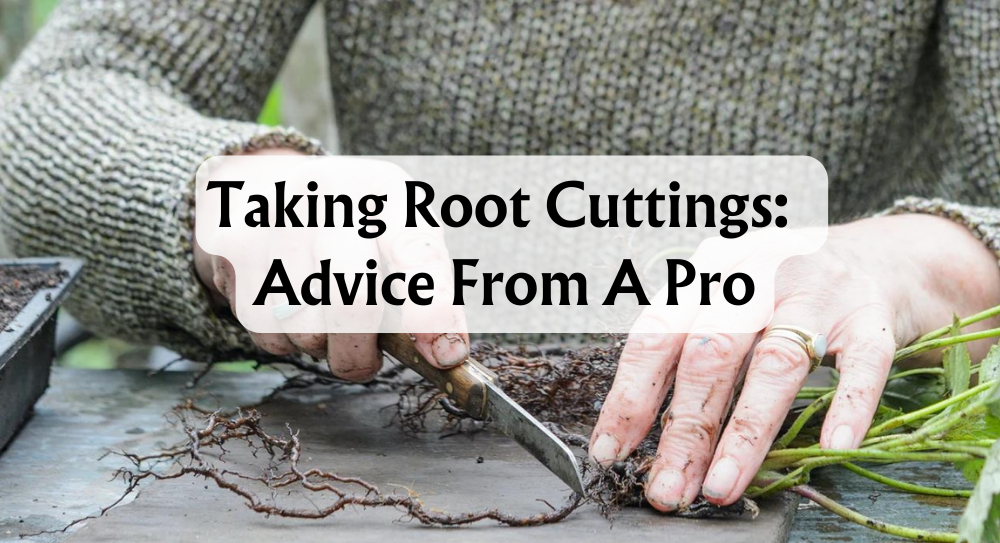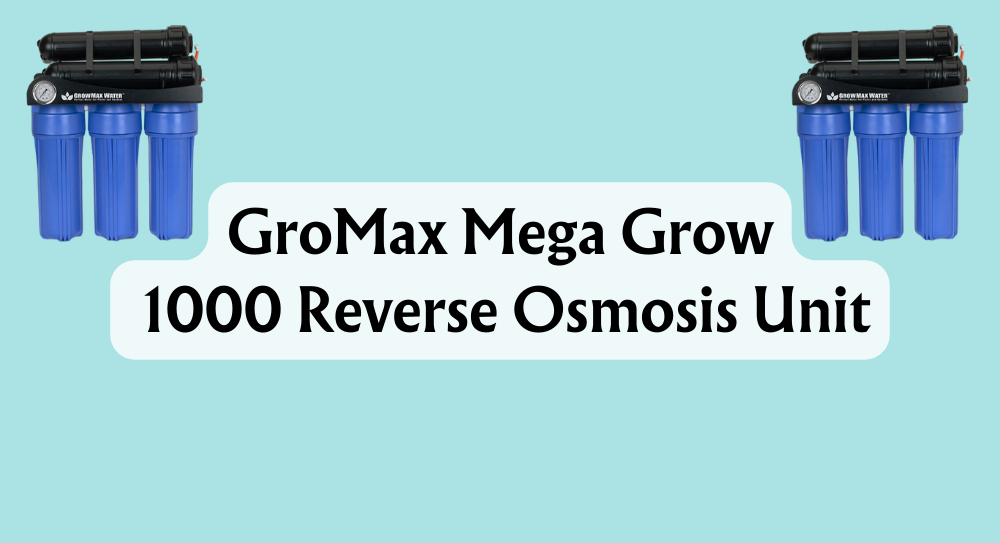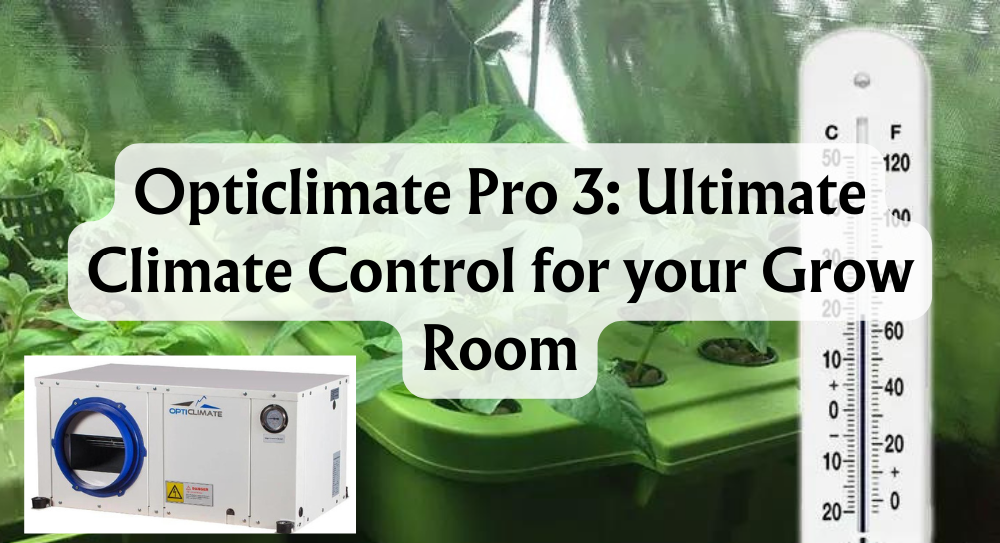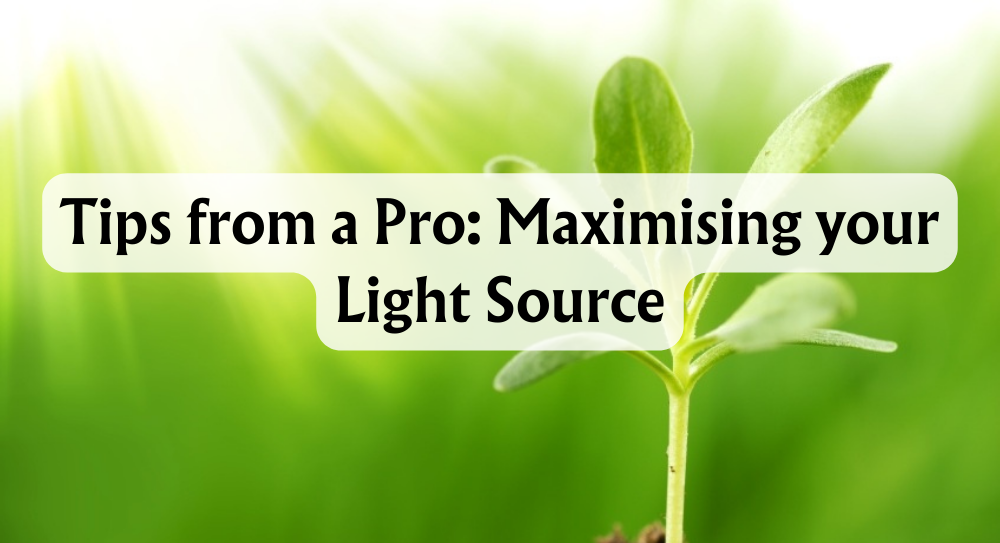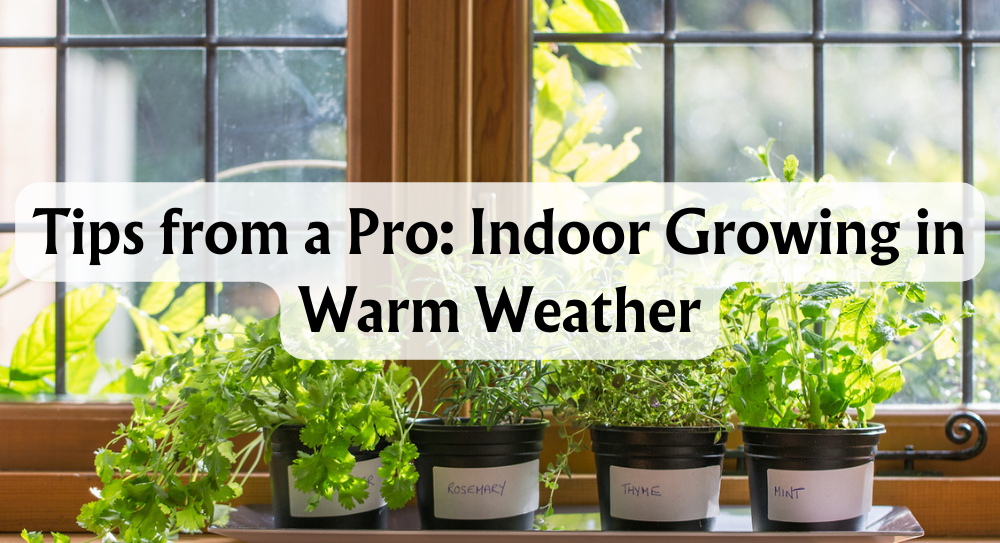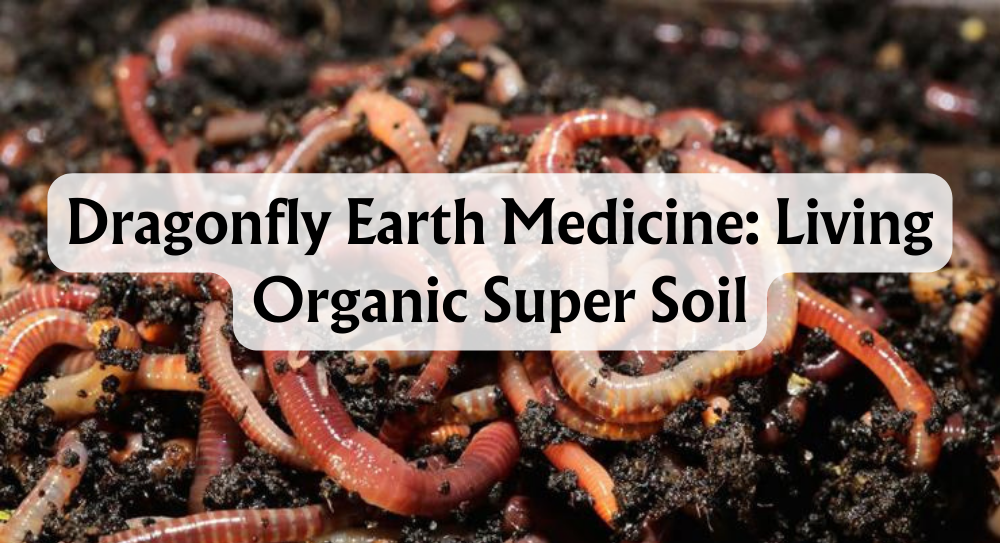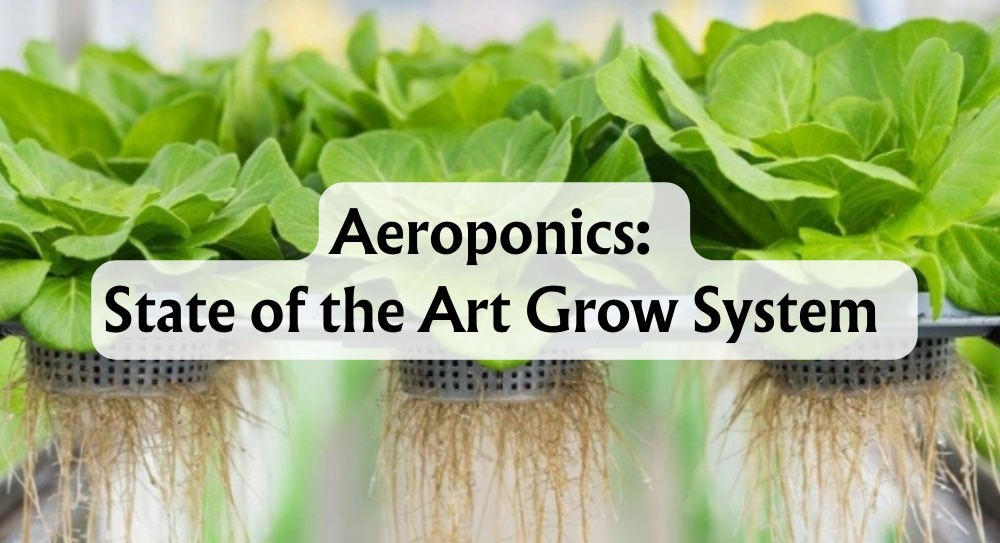Semi-hydroponics is an innovative planting method that uses an inorganic medium, offering a soilless alternative to traditional gardening. This technique, sometimes called "semi-hydro" or hydroculture, has been gaining traction among indoor plant enthusiasts. The benefits it brings, such as reduced maintenance needs and improved root health, make it an appealing option for those looking to simplify their plant care routine.
As we explore the world of semi-hydroponics, we'll see why it's becoming a preferred choice. Rather than using soil, plants grow in materials like LECA (Lightweight Expanded Clay Aggregate), which keeps their roots consistently moist without the risks of overwatering. This setup not only reduces the complexity of maintaining plant health but also helps prevent issues like root rot, common in traditional soil cultivation.
In this article, we'll delve into what semi-hydro entails, how you can get started, and the pros and cons associated with this approach. By demystifying the process, our goal is to equip readers with the knowledge needed to decide if semi-hydroponics is the right gardening method for them.
Key Takeaways
- Semi-hydroponics is a soil-free methods that improve plant root health.
- Uses inorganic mediums like LECA to maintain moisture.
- Offers reduced plant maintenance and prevents root rot.
What Is Semi Hydroponics?
Semi-hydroponics, or semi-hydro, is a hybrid growing method combining hydroponic principles with traditional gardening techniques. It utilises an inert planting medium, offering a self-watering system that ensures plants receive consistent moisture and nutrients.
Unlike traditional soil-based methods, semi-hydroponics eliminates soil, reducing the risk of pests and diseases. This approach is particularly beneficial for houseplants like orchids and other moisture-sensitive species that thrive with stable water delivery.
Passive hydroponics in semi-hydro systems involves a non-circulating setup. Nutrients are delivered through capillary action, drawing water from a reservoir into the growing medium. This simplifies maintenance by removing the need for complex equipment like pumps.
Common semi-hydro mediums include:
- LECA (Lightweight Expanded Clay Aggregate)
- Perlite
- Pumice
- Pon
These mediums maintain optimal moisture levels, preventing overwatering—a common issue in traditional methods.
Semi-hydroponics is a popular choice for growing orchids. The controlled environment allows us to strike a balance in water and nutrient supply, enhancing plant health. Moreover, the method is adaptable to other houseplants, providing a clean, efficient alternative to soil.
Semi Hydro Terms And Definitions
In the world of semi-hydroponics, understanding certain terms is crucial for successful plant cultivation. We will explore the specific meanings and relevance of key concepts used in this method of growing.
Inorganic
In semi-hydroponics, an inorganic material refers to a substance that is not derived from living organisms. These materials are often minerals or manufactured products. Common examples include Lightweight Expanded Clay Aggregate (LECA), pumice, and rock wool. These materials do not decompose or transform over time. Using inorganic substrates ensures a consistent growing environment, devoid of the biological changes that can occur with organic materials.
Inert
Inert materials are those that neither decompose nor release nutrients into the growing environment. This characteristic is important in semi-hydroponics, where stability is valued. Materials like LECA pebbles and rock wool remain unchanged and do not interfere with nutrient solution composition. This precision allows us to have complete control over nutrient delivery, making it easier to tailor the environment to the needs of specific plants.
Substrate
The substrate in plant cultivation refers to the material in which plants grow. In a semi-hydro system, substrates serve as anchors for plant roots. Common options include LECA, pumice, and bark. These substrates support plant structure and assist with the delivery of nutrients and moisture, while preventing the plant from being waterlogged, crucial for root health and overall plant stability.
Wicking
Wicking is the process by which water is drawn from the reservoir up through the substrate to the plant roots. This capillary action ensures that plants receive a consistent supply of moisture and nutrients. In systems using LECA or similar materials, wicking is essential for evenly distributing water and nutrients. This helps maintain optimal growing conditions by reducing the risk of either waterlogging or dehydration.
Reservoir Method
In the reservoir method, a water reservoir beneath the plant holds the nutrient solution. Often seen in cache pots or self-watering pots, the roots access water through wicking. This method simplifies plant care by reducing watering frequency and providing a steady stream of nutrients. It's an efficient way to manage plant hydration, especially for those with busy schedules or large collections.
Shower Method
The shower method involves periodically rinsing plants with water. This technique is vital in preventing salt and mineral build-up, which can clog up LECA and impede nutrient uptake. By cleansing the substrate, we promote healthier root systems and enhance nutrient absorption. It's a straightforward process and a critical part of maintaining a thriving semi-hydroponic system.
pH Balancing
Maintaining the right pH level is crucial for nutrient availability. Semi-hydro systems often require careful pH management, ideally between 5.5 and 6.5. Testing kits or electronic meters can be used to measure pH levels. Adjustments are made with pH up or down solutions. Proper pH levels prevent nutrient lockout, ensuring that our plants absorb nutrients effectively.
Flushing
Flushing involves periodically rinsing the growing medium with plain water to remove accumulated nutrients. Over time, excess nutrients can build up, especially in systems using inert mediums like LECA. Flushing is typically done once a month to keep the medium clean and promote healthy plant growth. Regular flushing supports the longevity and effectiveness of our growing system.
Dry Phase
The dry phase in semi-hydroponics is the period when the reservoir runs dry before the next watering cycle. Allowing a dry phase is crucial for preventing root rot and oxygenating the root zone. By letting the substrate dry out slightly, we mimic natural growing conditions and ensure that our plants remain healthy and vigorous, reducing the risk of over-saturation and related issues.
Why Semi Hydroponics?
We often look for ways to improve our plant care with less hassle. Semi-hydroponics is a brilliant choice due to reduced maintenance, better root health, and fewer pests. Let's explore how this system can make plant care simpler and more effective.
Reduced Maintenance
With semi hydroponics, we can enjoy less frequent watering, thanks to the self-watering mechanism. The system relies on a reservoir that consistently provides water and nutrients to our plants. This setup is highly beneficial for those of us who have hectic schedules or travel often. Additionally, the guesswork of determining when to water is significantly minimised, offering a more relaxed approach to plant care.
Reduced Risk Of Root Rot
One considerable advantage we have with semi-hydroponics is the minimisation of root rot. By increasing oxygen availability around the roots, this method helps prevent moisture-related issues. Unlike traditional soil, which can become compact and waterlogged, semi-hydro materials like LECA provide excellent drainage. They ensure roots breathe freely, drastically reducing the conditions that cause root rot.
Re-Usable Mediums
Semi hydroponics utilises reusable, inert substrates, offering long-term sustainability for our gardening approach. Materials like LECA (Lightweight Expanded Clay Aggregate) can be cleaned and sterilised for repeated use. This not only minimises waste but also reduces costs over time. Sterilising these mediums is straightforward: a mild bleach solution or boiling water can eliminate any remaining residues or pathogens, readying the materials for another growth cycle.
No More Fungus Gnats
By moving away from organic soil, we effectively eliminate the environments favoured by fungus gnats. These pesky insects thrive in damp, organic conditions often found in traditional potting materials. Semi-hydroponic systems deprive them of that environment, making our plants far less susceptible to infestation. This pest-resistant aspect makes the method attractive for those of us looking to maintain our indoor plant collections in top condition.
How To Set Up Semi Hydroponics
In setting up a semi-hydroponic system, it's crucial to choose the right container, understand the role of a double-pot system, and utilise appropriate materials for wicking. These factors play a vital role in ensuring healthy plant growth and efficient nutrient delivery.
Pot, Cup, Glass, or Vase
Selecting the right container is pivotal. Translucent pots allow us to monitor root health and growth—a key advantage in semi-hydroponics. Choosing the size of the pot should match the plant's requirements, taking into account how much space the roots and LECA or other substrates will require.
For a stunning visual appeal, glass or clear vases can be an excellent choice. These options not only look fantastic but also help in checking water levels easily, ensuring plants receive the correct moisture without overwatering. The right container can significantly aid in maintaining the system.
Inner Pot and Cache Pot
A double-pot system enhances water management, crucial for semi-hydroponics. Inner pots typically contain holes to facilitate water flow and drainage. They hold the substrate medium, such as LECA, and provide structure for plant growth.
In this system, the cache pot acts as an outer vessel to collect excess water. It functions as a reservoir, allowing roots to access the nutrient solution as needed. This setup prevents root rot by avoiding excess moisture around the roots, ensuring healthy growth.
Material Wicking System
Different substrate materials, like LECA, pon, and perlite, excel in wicking water. These materials draw moisture upwards, making it accessible for plant roots. They are crucial for maintaining a stable moisture level in the substrate.
Ensuring proper contact between the roots and the water source is essential for nutrient absorption. LECA balls, for instance, not only provide support to the plant structure but also allow air circulation around the roots, enhancing oxygen levels and preventing root issues. Proper wicking of nutrients ensures that plants receive consistent nourishment for optimal health.
Downsides To Semi Hydroponics
Semi-hydroponics, while innovative, presents certain challenges. Access to necessary products and understanding environmental impacts can complicate this gardening approach.
Product Accessibility
Obtaining suitable materials for a semi-hydroponic setup can be challenging. LECA (Lightweight Expanded Clay Aggregate) and other inert substrates are not always stocked in local stores. Many of us end up purchasing them online or from specialised garden shops.
Navigating these purchases can add costs and require planning. For those of us living in rural areas or regions with limited retail options, sourcing the right products becomes even more daunting. This limitation may discourage some from trying semi-hydroponics despite its benefits. We should carefully consider our resources before fully committing to this method.
Environmental Factors
Using substrates like LECA raises environmental concerns. The production process involves heating clay at high temperatures, resulting in notable energy consumption. This aspect makes it less sustainable compared to traditional organic soil.
Additionally, semi-hydroponics doesn't integrate natural organic matter, which can affect ecological balance. The impact on humidity and air circulation around roots can also vary, sometimes creating favourable conditions for pests if not managed well.
Considering these environmental factors is crucial. We must weigh the trade-offs between sustainability and the growth benefits of semi-hydroponics to make informed decisions for our gardens. Understanding these downsides ensures we're aware of the broader impact our gardening choices make.
Conclusion
Semi-hydroponics offers a fascinating way for us to cultivate plants without using soil. By opting for an inert medium such as LECA or Pon, we can manage water and nutrients more effectively.
The main advantages include efficient water use and a reduced risk of pests. The clear control over nutrient supply helps promote robust, healthy plant growth.
Despite these benefits, there are challenges. Access to quality water and suitable growing materials can be limiting factors.
Environmental concerns related to material disposal might arise too. Addressing these challenges can be essential for sustainable adoption.
For those intrigued, it’s our chance to give this method a shot. Many gardeners find that a soilless setup rejuvenates their houseplants, making them thrive.
Beginners may start with small plants, gradually transitioning them. Ensuring a proper understanding of nutrient schedules is crucial.
By exploring semi-hydroponics, we're not only diversifying our gardening practices but also paving the way for innovative plant care strategies.

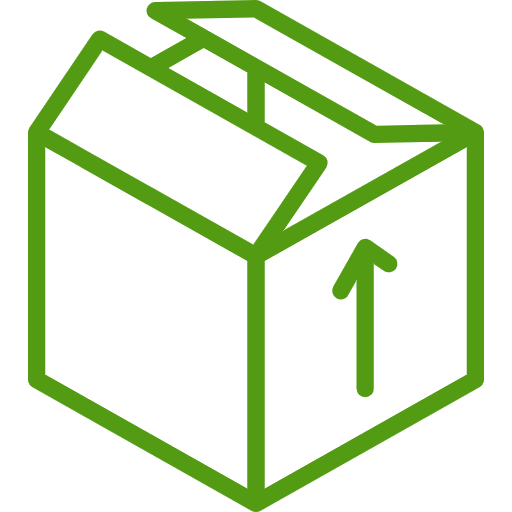





 Store Locator
Store Locator
